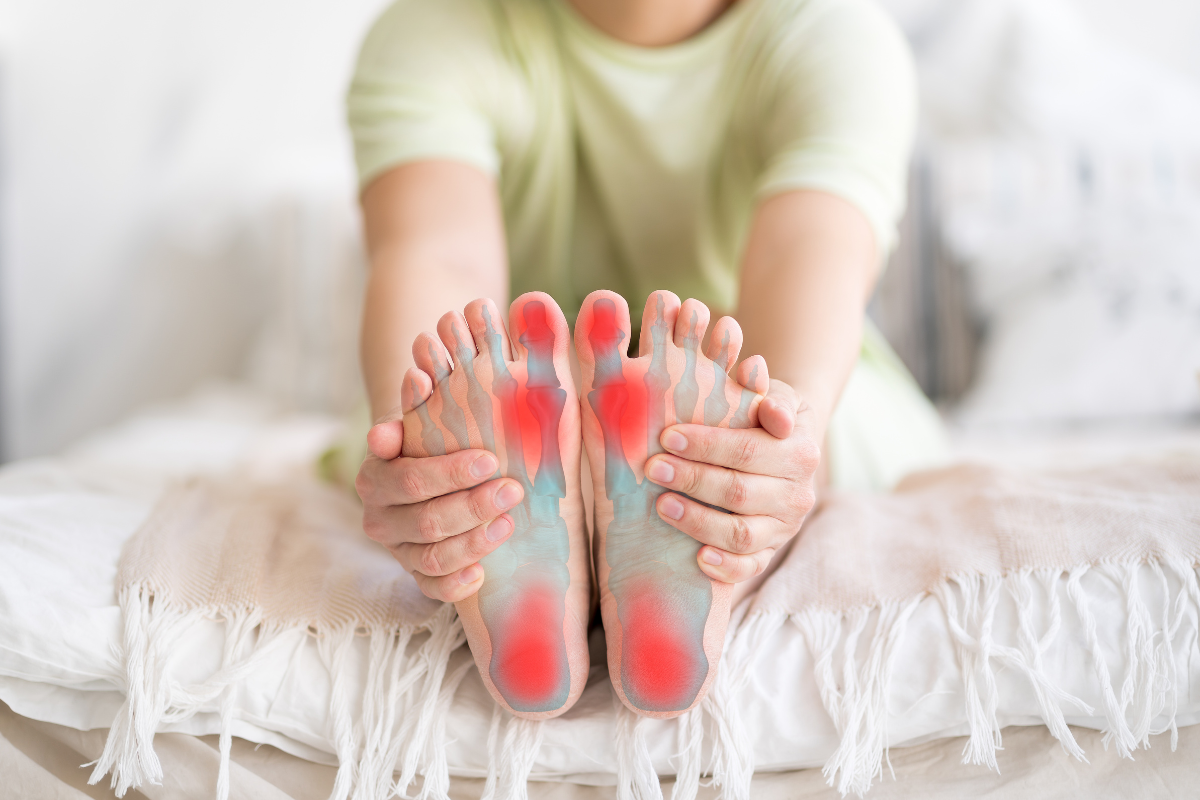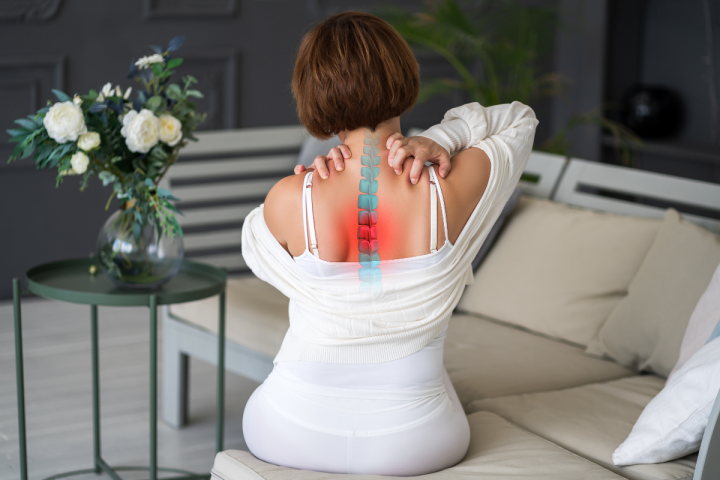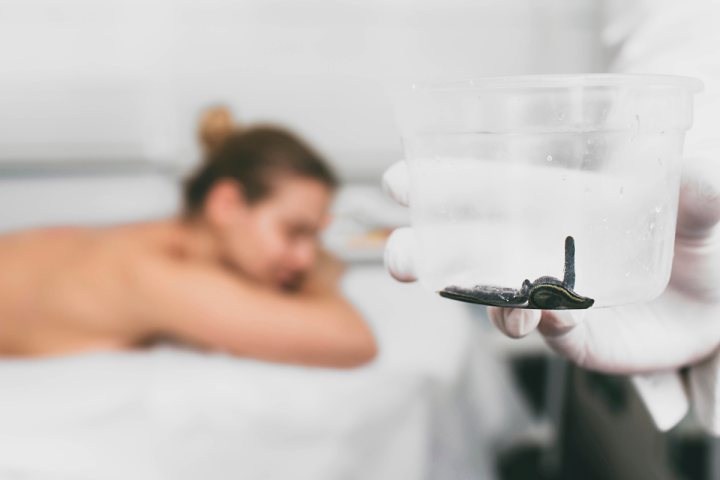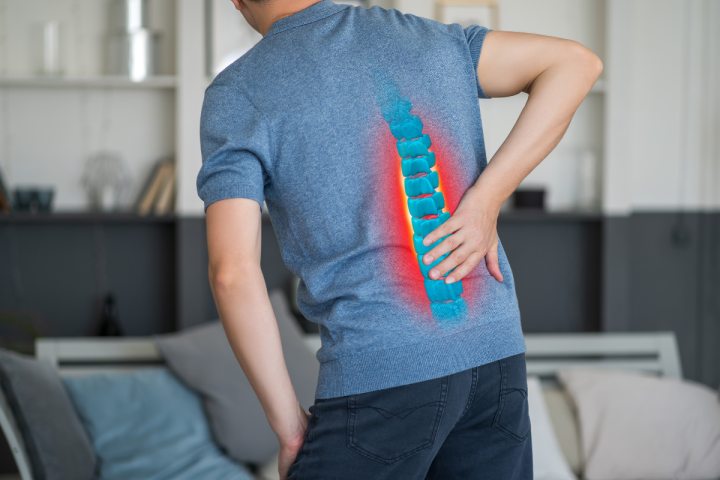Discomfort in the heel may occur at night or gradually increase during the day while walking. It can be a signal of serious medical conditions, but also of more minor ailments. It is important to understand the sources of this uncomfortable sensation and the methodology to avoid it. Are you experiencing uncomfortable heel pain? Read the article and find out what you can do to get rid of it!
Heel pain - causes
Among the most common conditions causing pain in the heel area is sterile necrosis of the heel bone, otherwise known as Haglund's disease. It is often diagnosed in children during puberty. This disease is associated with overloading during physical activity. Often involving both sides of the heel, leading to pain in both heels.
Pain in the heel, radiating towards the calf (from the back or side) or stabbing pain in the heel area, can be a sign of a serious joint condition such as gout, also known as gout. Gout results from an excessive concentration of uric acid in the body. Intense pain in the heel peaks at night, several hours after onset. Advanced diabetes and associated peripheral neuropathy also generate characteristic complaints in the foot region. Of relevance here is a severe stabbing pain, which may be related to a vitamin deficiency.
In contrast, inflammation accompanying heel spurs (bony outgrowths on the sole of the heel bone) can cause pain when walking and after resting. It is often localised on the underside (under the heel), characterised by extreme discomfort that is difficult to bear. Heel spurs (actually plantar fasciitis) occur in people who work standing, are physically active and in overweight individuals.
Other causes
Discomfort initially occurring after running, and also worsening over time while walking and at rest, may indicate a fatigue fracture in the bones of the foot. Fatigue fractures are common in runners and result from intense exertion or inadequate, inadequate recovery after training.
Other factors that can generate pain in the heel area include osteoporosis, osteoarthritis, which manifests itself in pain both in the morning and at night, fractures caused, for example, by severe trauma, intense running or spinal and pelvic pathologies. Pain in the heel can also result from inflammation of the Achilles tendon, locating in the lower part of the calf and radiating towards the foot; it usually subsides during physical activity, although rupture of the Achilles tendon causes sudden pain, bruising and swelling in the calf and heel, requiring immediate medical intervention.
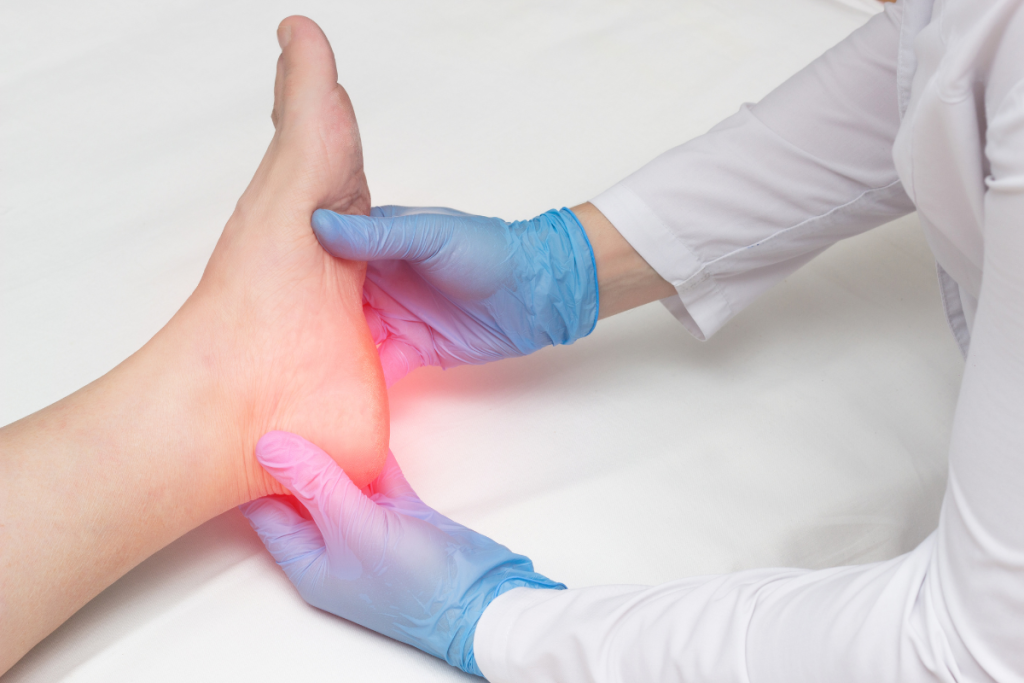
Heel pain - diagnosis
The basic analyses with which a specialist can start the diagnostic process are laboratory tests, mainly the assessment of uric acid levels. In some cases, a diagnosis can be made by meticulously examining the patient and taking a thorough medical history. Imaging studies are also extremely important. Such as radiography, ultrasonography or magnetic resonance imaging, which enable the specialist to determine the exact nature and location of the lesions.
Treatment
Depending on the type of condition provoking the heel pain, a variety of therapeutic strategies are applicable. The choice of a particular approach also depends on the severity of the complaint and the intensity of the lesions:
- Modification of physical activity, strengthening exercises, stretching: As many sources of heel pain can be traced back to overloading the feet, it is essential to avoid overloading. For example, running on hard surfaces or walking barefoot on a hard surface. Stretching and strengthening exercises for the foot and ankle joint are also included.
- Appropriate footwear, orthopaedic insoles: Inappropriate footwear, too tight or ill-fitting, can be a source of problems. Hence the need to wear comfortable, pressure-free footwear and to use properly fitted orthotics to relieve pressure on the painful area.
- Physiotherapy, ice massage: Physiotherapeutic support, including ice massages. Can provide relief from muscle tension and pain relief.
- Slicing (taping): It aims to stabilise a specific area, for example the arch of the foot, the ankle joint or the heel.
- Painkillers, anti-inflammatory drugs: Applied orally or topically as an ointment, they provide support as an adjunctive therapy. In some cases, steroids may also be used by injection into the affected area.
- Shock wave therapy: It reduces muscle tension and relieves pain, acting as an alternative therapeutic approach.
- Cryotherapy, laser therapy, ultrasound treatment: They provide a variety of therapeutic methods to support the healing process and reduce ailments.
- Surgical treatment: In advanced cases or those refractory to other forms of therapy, surgical treatment may be considered.
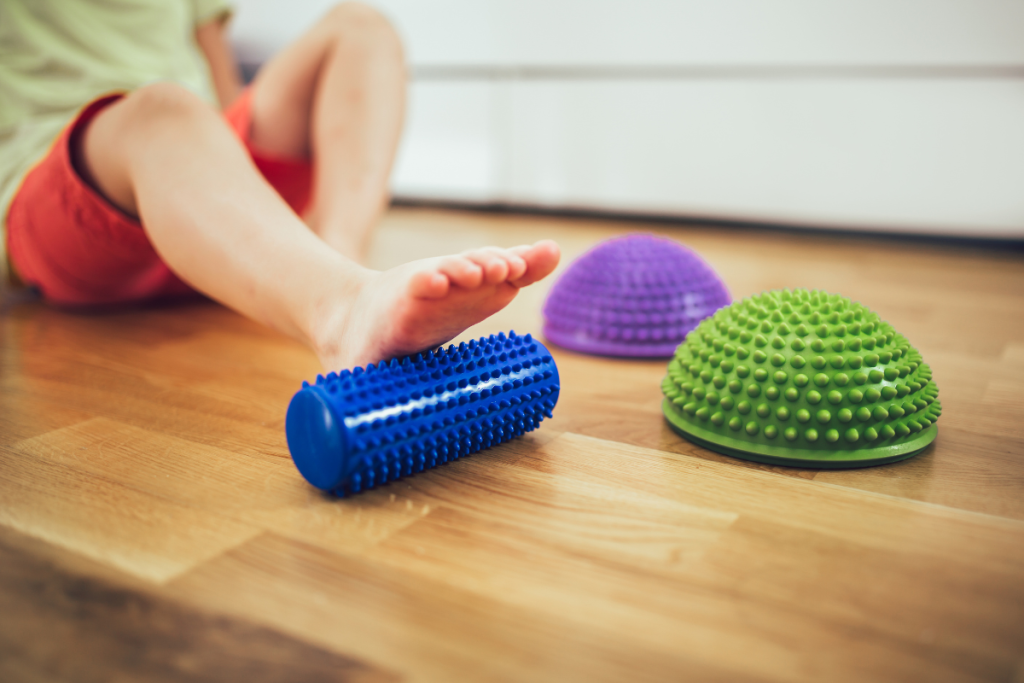
Can heel pain be prevented?
- Choose the right footwear: Comfortable and pressure-free footwear, especially without high heels, is key to the prevention of heel pain.
- Ensure correct body weight: Avoiding extra weight, which can put stress on the tendons, bones and joints of the feet.
- Plan your training: Balanced exercise, taking into account periods of rest and recovery.
- Avoid walking and running on hard surfaces: Not walking barefoot or running on hard surfaces can significantly reduce stress on the osteoarticular system.
- Use strengthening and stretching exercises: For strengthening and flexibility of the muscles, ligaments and tendons of the lower limbs.

